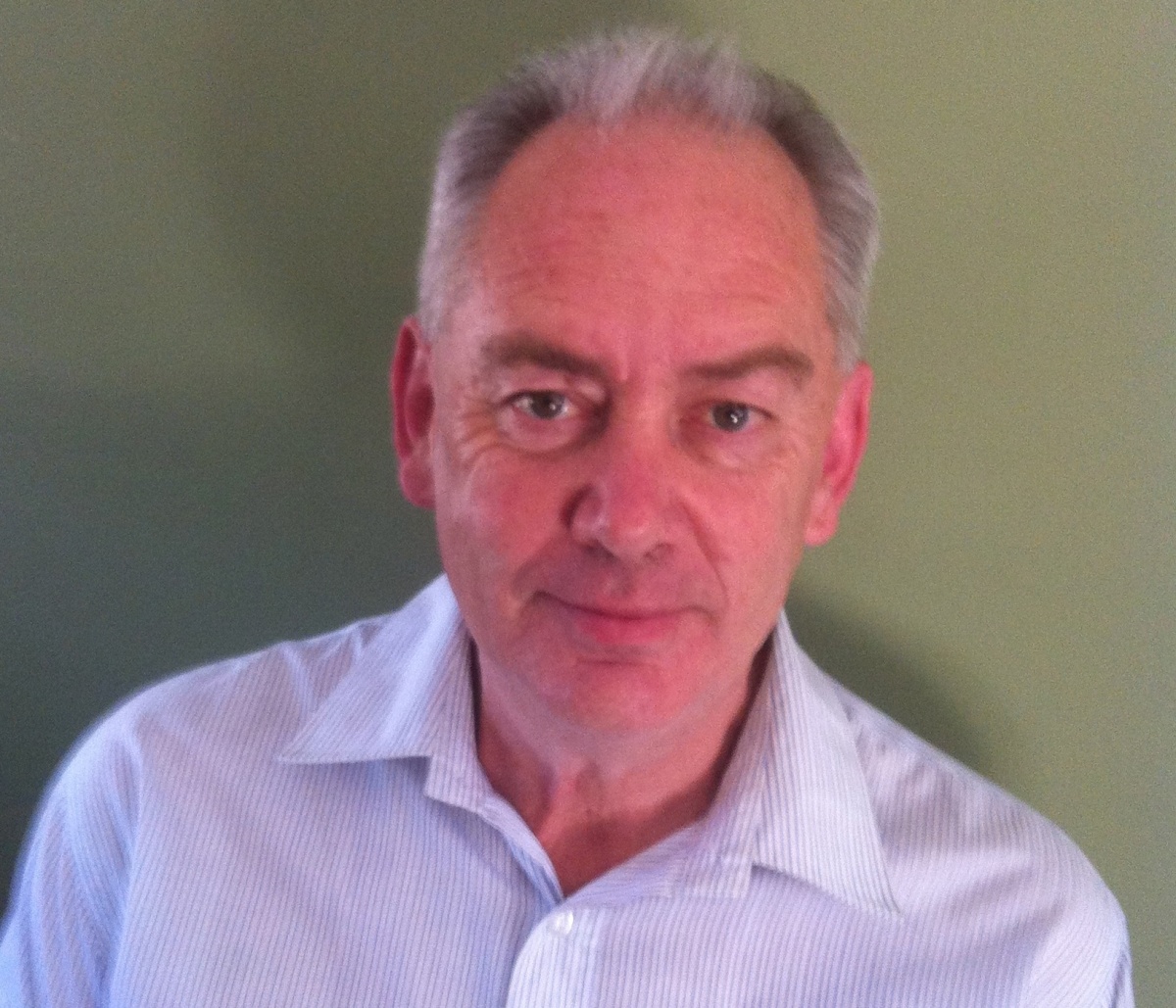It’s time to stop criticising the ‘urban sprawl’

Senior property industry figures have come out swinging in defence of the outer urban growth areas, commonly referred to as the urban sprawl.
Demographer Chris McNeill, a director of Melbourne-based firm Spade Consultants, says contrary to popular belief many fringe residential areas are well planned and have community services on the ground or in the pipeline.
“The so-called urban sprawl is just like any other part of the city …”
“The term ‘urban sprawl’ is an emotive one,’’ Mr McNeill says. “It conjures up an image of unfettered, unplanned growth where survey pegs are planted and houses spring up with no services, no sense of connectivity and no sense of community. Generally, the reality is quite different to the perception.’’
• Buyers hungry for cheaper, smaller housing
• The most affordable city for a new home
• Expert tips for first homebuyers
The former policy adviser to the Victorian branch of the Urban Development Institute of Australia says the oft mentioned “quarter acre (950 to 1010sqm) block’’ is now largely a “myth’’ in the outer urban growth areas of both Melbourne (west, north and southeast) and Sydney (northeast and southwest).
“Contemporary housing lots are lucky to be one eighth of an acre in area,’’ Mr McNeill says.
“The kind of urban densities so long sought after by urban and social planners is being delivered, so much so, that some people are now wondering whether we’ve gone too far in the other direction. Either way, densities in new growth areas are invariably higher than in the established suburbs that were developed through much of the 20th century.’’
The demographer also rejects the perception that outer urban communities are an uncontrolled mess.
“On the contrary, and having been deeply involved in the process from a range of perspectives, I sometimes wonder if growth areas are a little over-planned,’’ he says.
“When the full layout of a new suburb’s future is pre-determined before it even exists – as now occurs under planning guidelines – I wonder if it loses the ability to organically transform over time. In this regard, we should occasionally remind ourselves that some of the most popular precincts in our cities just ‘happened’.’’
Mr McNeill says new growth areas – the so-called “urban sprawl’’ – are “just like any other part of the city’’.
“Some parts work really well, some don’t, some are transforming for the better and some for the worse, but each part represents a neighbourhood that is home to those who reside there,’’ he says.
“What appears to some people as a place where no-one should have to live, is the best place in the world to others.’’
Housing Industry Association chief economist Harley Dale says the use of the term urban sprawl provides “an undeserved negative connotation in what is natural expansion over time of the city’s boundaries’’.








